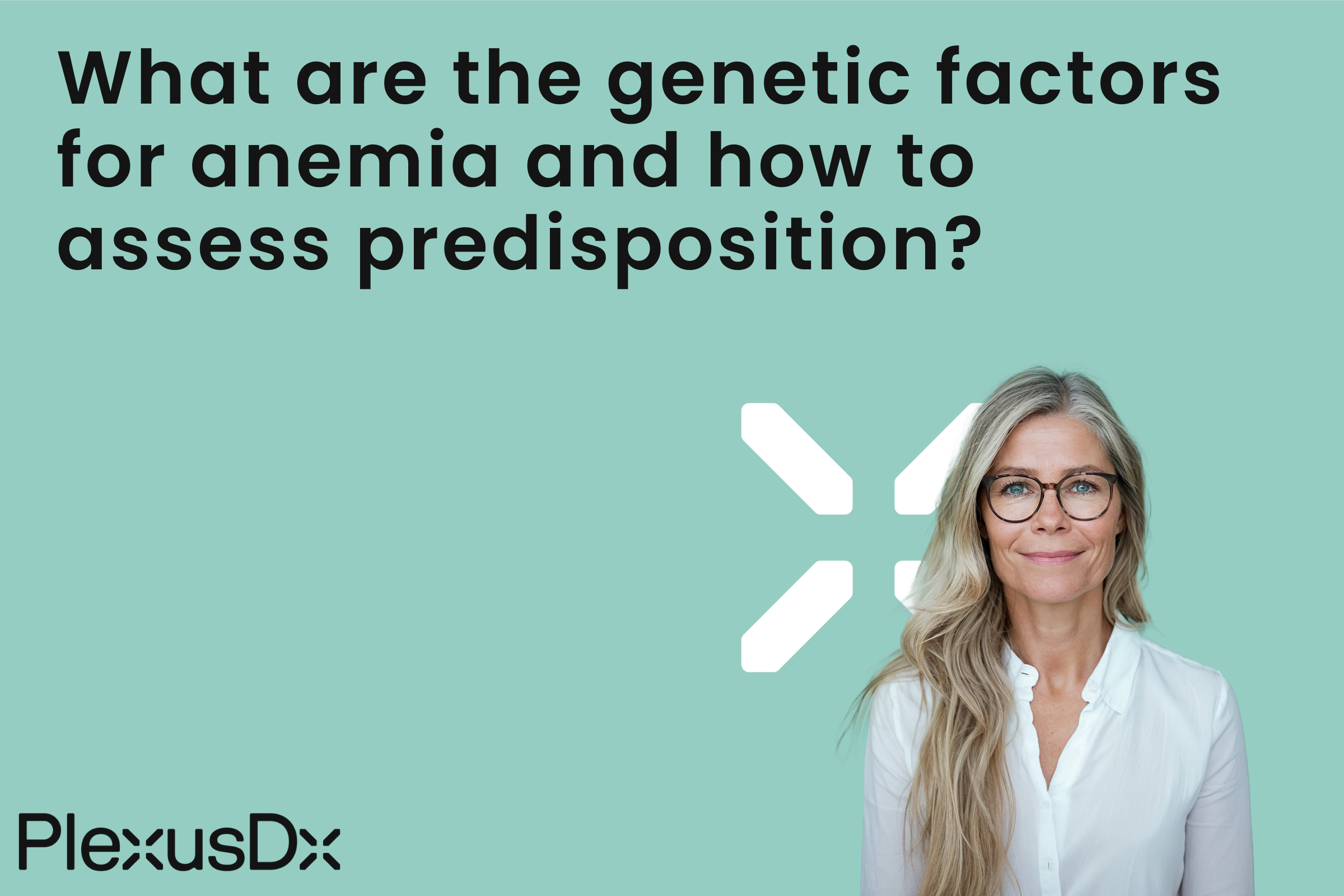Anemia: The Genetic Elements Behind a Widespread Condition
Many individuals struggle to differentiate between anemia and iron deficiency. The confusion between anemia and iron deficiency makes sense since iron deficiency stands as the leading cause of anemia. Anemia means your body doesn't produce enough healthy red blood cells to transport oxygen throughout your body. The term anemia originates from the Greek word anaimia that translates to a lack of blood. More than 3 million people living in the United States experience anemia which stands as one of the most widespread health issues. If you experience tiredness along with dizziness or difficulty breathing you may have anemia. People with iron deficiency anemia sometimes experience an unusual side effect where they feel compelled to chew ice. Pica describes the compulsive behavior of chewing non-nutritive substances. The condition known as pagophagia describes the behavior of chewing ice but doctors have yet to understand why this happens. The habit of chewing ice does not definitively indicate anemia since certain individuals have unique behaviors. The specific type of anemia you have determines which treatment you need since different forms exist. Different types of anemia have different causes. Your genetics can determine whether you will be at risk for developing anemia. Your likelihood of developing iron deficiency anemia increases if your TMPRSS6 gene includes a specific variant. The possession of specific variations in the PTPN22 or MTHFR genes can make you more susceptible to developing anemia through vitamin B12 or folate deficiency.
Genetic Trait: Anemia
Anemia constitutes a widespread health issue whereby the blood lacks sufficient red blood cells or hemoglobin which results in symptoms of fatigue and weakness. Your genetic makeup affects your risk of developing anemia through more than 498,000 genetic markers. The protein functions by attaching to oxygen molecules and delivering them throughout the body. Individuals suffering from anemia display lower levels of hemoglobin and red blood cells compared to others. Their tissues experience difficulty in receiving sufficient oxygen. An estimated 1 in 20 inhabitants of the United States experience anemia. The production of hemoglobin and red blood cells depends on the nutrients that you consume through your diet. Iron deficiency and B vitamin (folate or vitamin B12) deficiencies can lead to anemia. Anemia results from several factors including diseases and infections along with medications, toxic chemicals and alcohol misuse blood loss during pregnancy aging and genetic factors. Anemic individuals often suffer from fatigue and weakness together with pale or yellowed skin and experience irregular heartbeats and shortness of breath. Without treatment anemia leads to severe fatigue that interferes with daily activities. If severe, it can cause life-threatening complications. Treatment for anemia depends on the cause. When anemia develops because of iron deficiency or vitamin B12 deficiency treatment needs to include increasing intake of the specific nutrient that is lacking. Various types of anemia may require medical treatment with drugs or blood transfusions. The majority of variances in hemoglobin levels among people are due to genetic factors. The genetic factors that contribute to anemia can affect the characteristics and survival of red blood cells as well as processes involving iron metabolism and immune system functionality. A clear understanding of genetic factors in anemia enables the development of effective personalized treatment and management approaches. Through the Precision Health & Wellness tests from PlexusDx available on their website PlexusDx.com as well as Amazon and Walmart customers can learn about their genetic tendencies towards anemia and obtain tailored health improvement suggestions. Take proactive steps towards better health today.

Share:
What is ABCB1 gene's link to chronic Lyme disease risk?
Factors affecting Bifidobacterium bifidum in gut microbiome?